Shapes are all around us, everything in our everyday life is made up from different shapes and because of this shapes are an exciting and essential topic to introduce to children. In this blog post, we will explore a simple yet engaging lesson plan designed to help you and your children learn all about shapes. Whether you’re incorporating this mini-unit study into your home education schedule or enjoying it as a family activity, this lesson can be tailored to fit the resources you have on hand, and to cater to your teaching approach and to your children’s unique learning styles. Before we delve into the lesson plan though, let’s first discover how children learn about shapes, where shapes occur in nature, and the basics of shape theory.
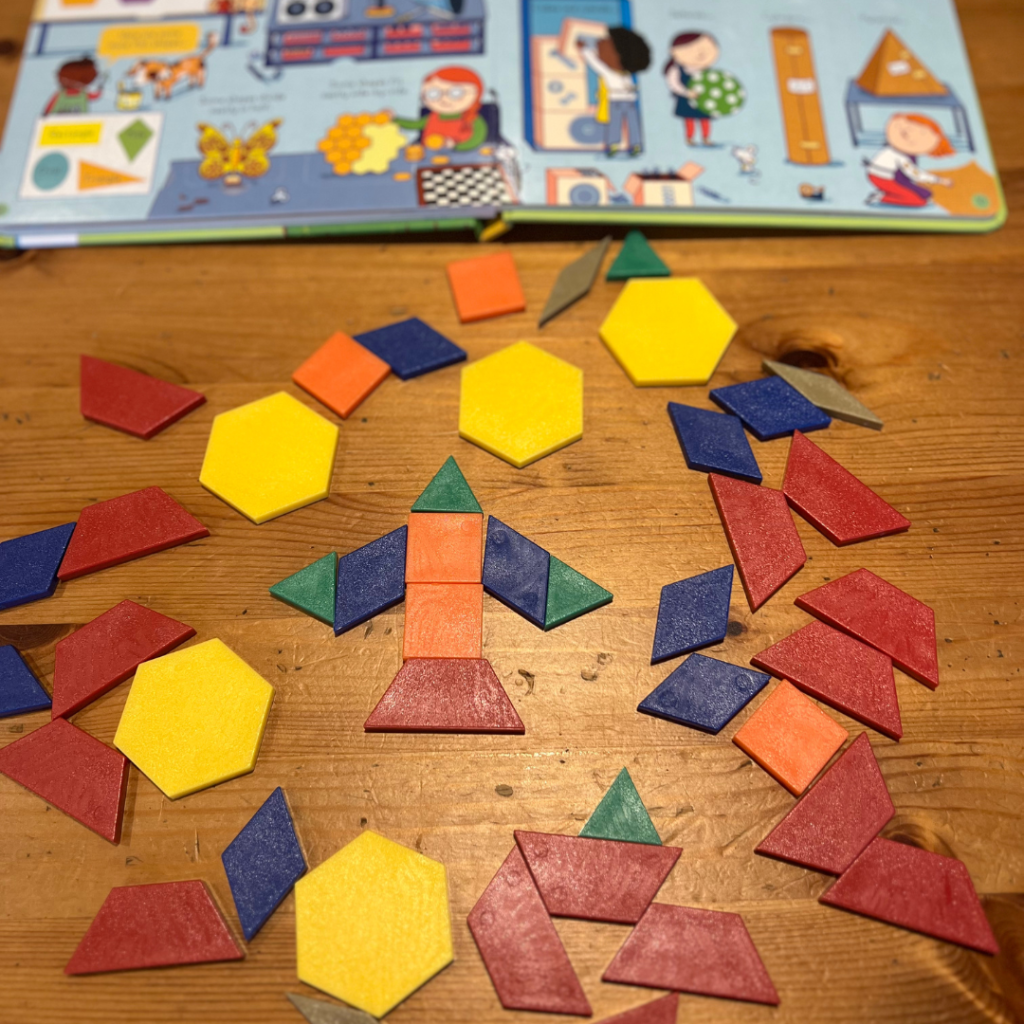
HOW DO CHILDREN LEARN ABOUT SHAPES?
Facilitating a child’s learning is always easier and more enjoyable when children are exploring a topic they find interesting. Shapes, with their natural visual appeal and propensity to hands on play through toys such as building blocks and tangrams captivate children’s attention and provide a fantastic avenue for further exploration. Learning about shapes can commence from early childhood, with children benefiting from an immersive and playful experience. This can be as straightforward as describing the shapes of objects around them, incorporating shapes into art and science activities, and engaging in games like “I Spy Shapes.” Structured learning about shapes can involve books, songs, and hands-on activities to reinforce understanding in an unscripted manner.
SHAPES IN NATURE
Shapes in nature reveal a mesmerising tapestry of geometric wonders, showcasing the elegance of mathematical precision within the natural world. From the delicate symmetry of a flower’s petals or butterfly’s wings, spirals in seashells and snail shells, to the hexagonal patterns in a beehive, nature effortlessly embraces an array of shapes. Mountains form majestic triangles, rivers carve curves, and leaves and snowflakes display intricate fractals. Each element, whether big or small, follows its own mathematical dance, creating a visual symphony that highlights the inherent connection between the principles of geometry and the diverse forms found in the natural world. These shapes not only captivate the eye but also invite contemplation on the harmonious balance and design inherent in the great outdoors.

WHAT IS SHAPE THEORY?
Shape theory, in its most basic form, involves the study of the characteristics, properties, and relationships of shapes. It encompasses the identification of shapes, understanding how shapes are created, and recognising which shapes complement each other visually. The concept of the shape theory is a valuable tool for artists and professionals in various fields. In this lesson we’ll explore basic shapes, composite shapes, and geometric shapes.
THE INTRODUCTION TO SHAPES LESSON PLAN
Having discussed how children initially learn about shapes, the occurance of shapes in the natural world, and the basics of shape theory, let’s move on to our Introduction to Shapes Lesson Plan. This lesson plan is designed to provide a quick introduction to basic shapes and their properties for children aged 3 to 8 years. It aims to be engaging for a range of ages, simple for younger children, and challenging enough for older ones. The lesson plan is also crafted to be easy for parents to set up and implement while considering the diverse learning styles of children.
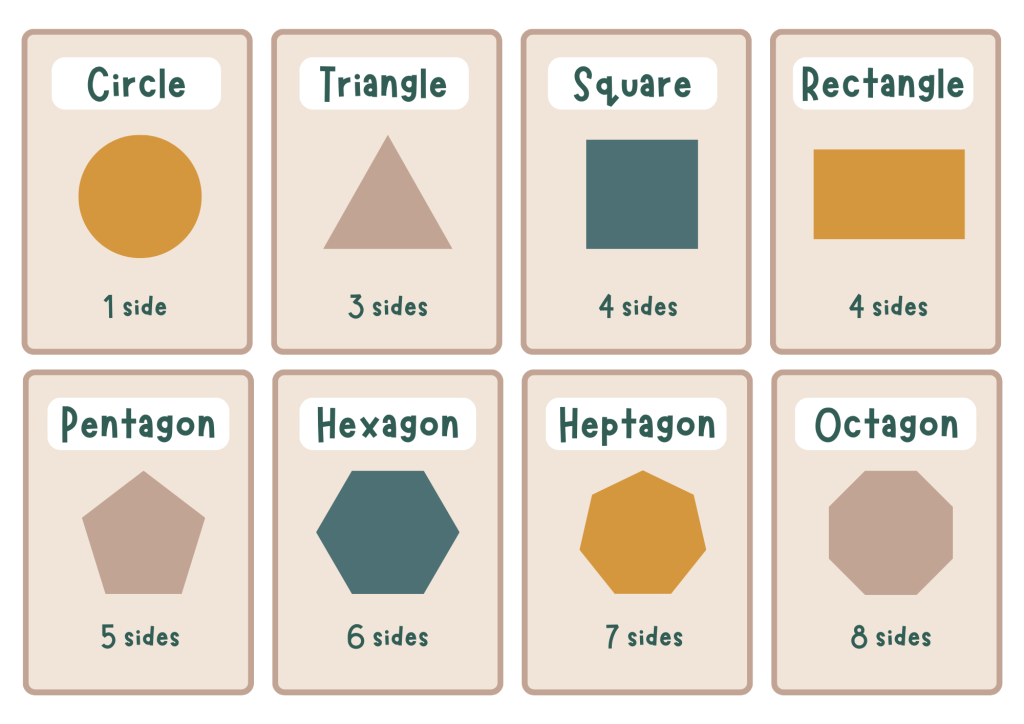
LESSON OBJECTIVES:
- Identify and name basic shapes: circle, square, triangle, rectangle, and oval.
- Understand the properties of each basic shape.
- Recognise and create composite shapes.
- Explore geometric shapes and their characteristics.
- Engage in hands-on activities to reinforce shape understanding.
- Connect shapes to real-world objects and scenarios.
BASIC SUPPLIES:
The suggested resources and supplies listed below can be adjusted based on what you have at home or can be easily obtained via the links provided. This post contains affiliate links, which means Barefoot Bliss and Books make a small commission at no extra cost to you. See the full disclosure here.
Books on Shapes:
Explore any books covering shapes and their properties. Consider “The Shape of Things” and “A Star in my Orange” for younger children or “Shapes in Nature” or “Flow, Spin, Grow: Looking for Patterns in Nature” for older children.
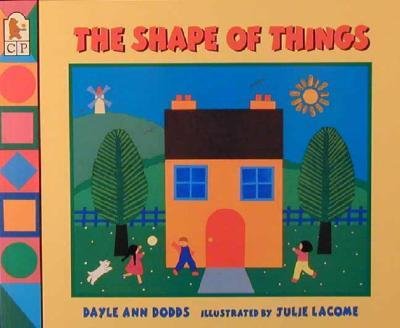
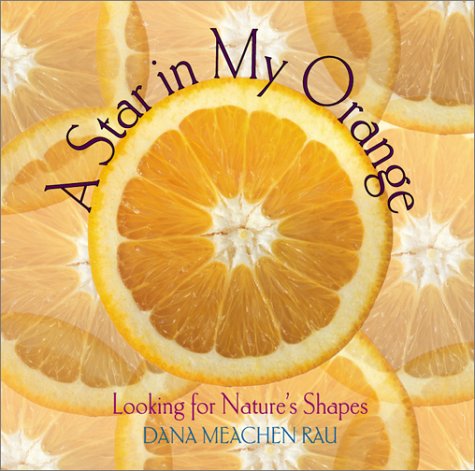
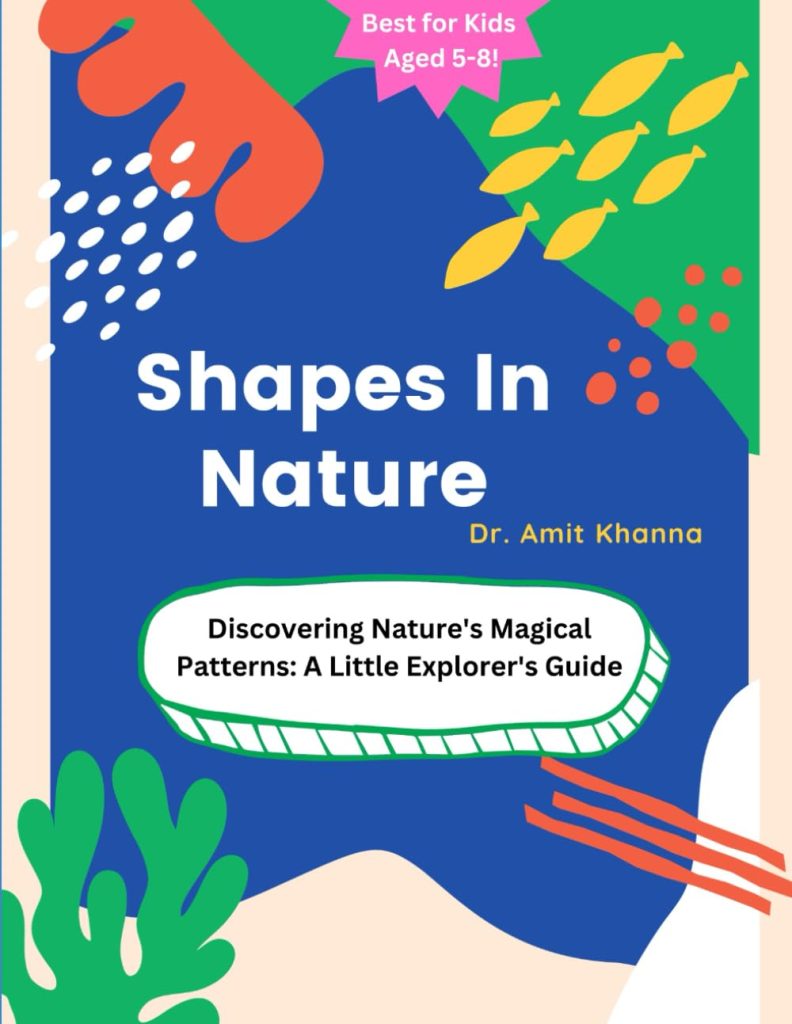
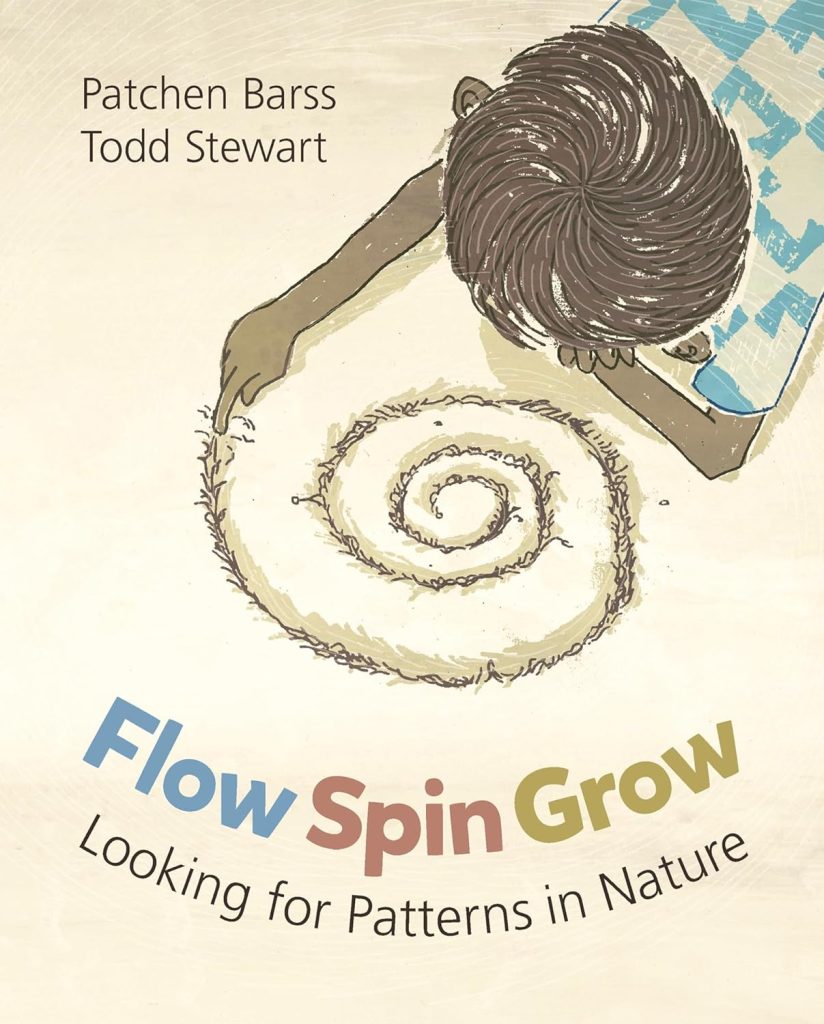
Shape Sorting Resources:
Utilise everyday items like building blocks, household objects, or even natural items from your surroundings. If you need to purchase items you may find these suggested items useful:
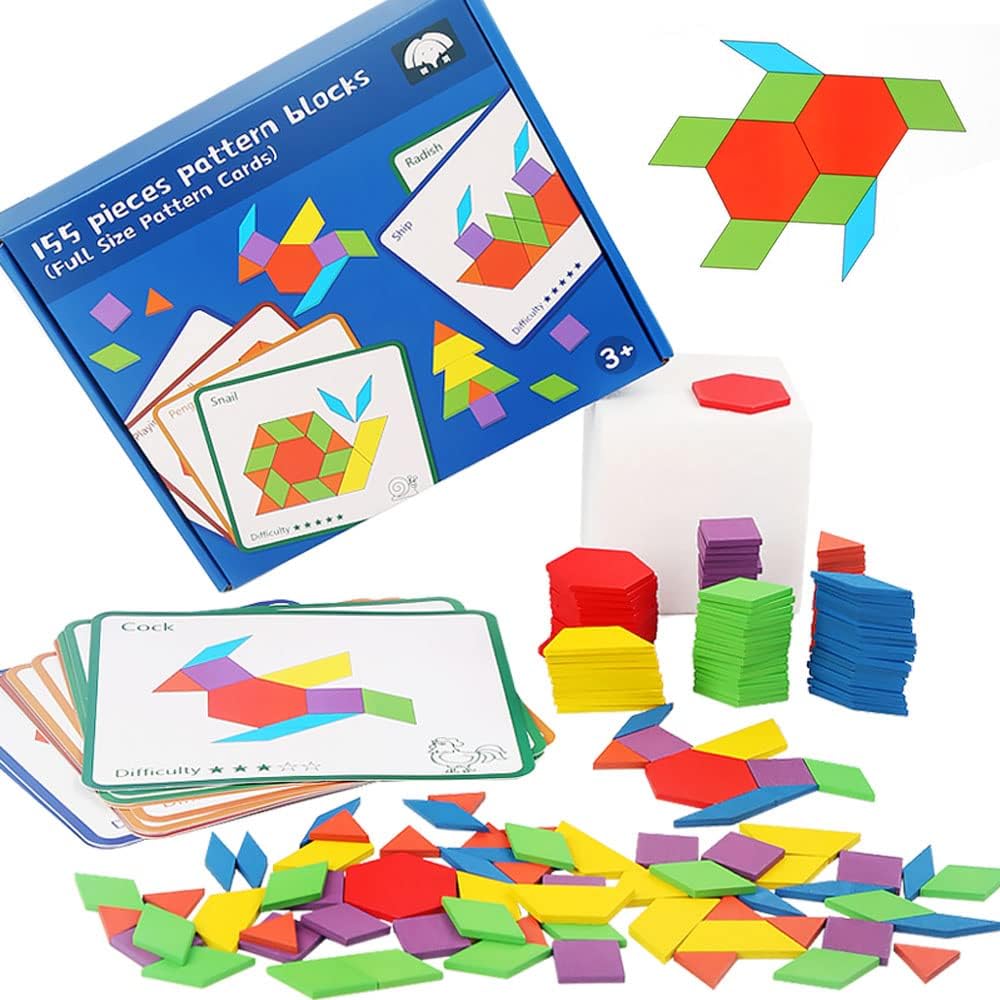
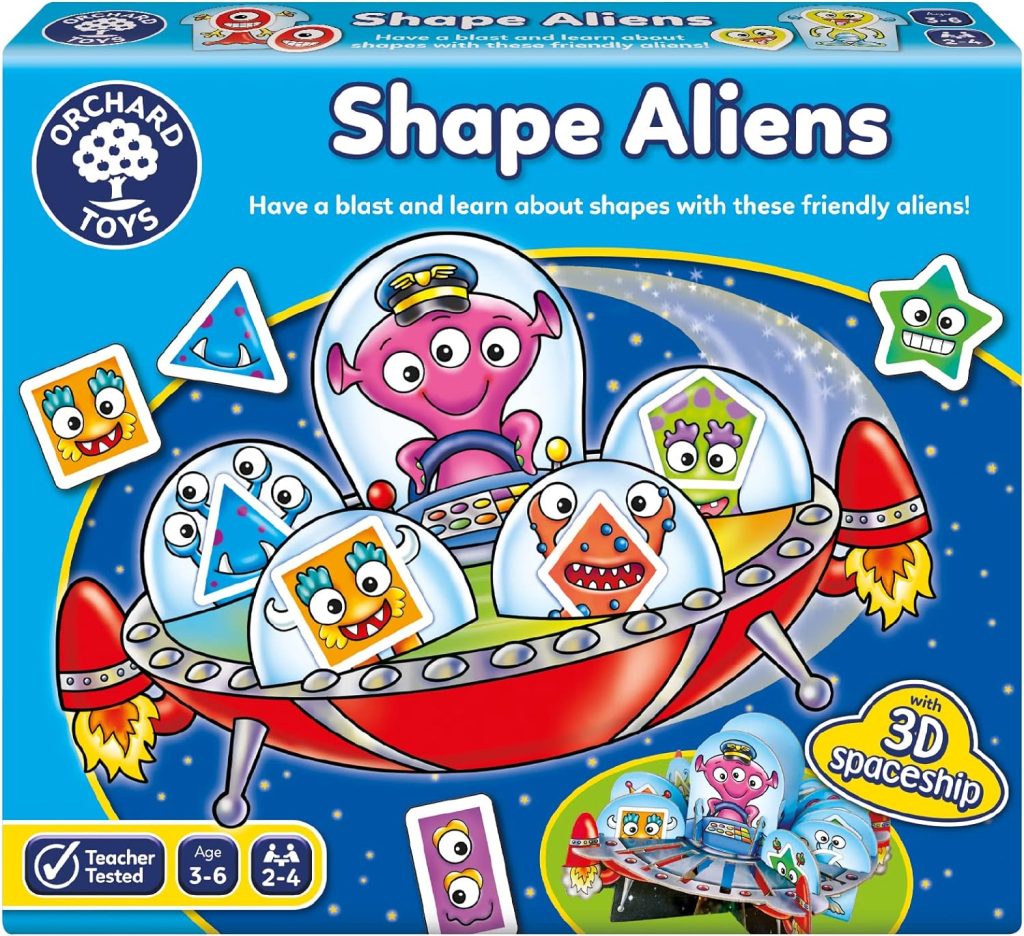
Other Basic Supplies:
- Construction paper
- Scissors
- Glue
- Markers
- A large drawing or crafting surface
SETTING UP THE LESSON:
Before starting the lesson, prepare the materials and resources you’ll need. Cut out some basic shapes from construction paper, ensuring you have a variety of sizes and colors. Lay them out on the drawing or crafting surface.
LEARN AND EXPLORE SHAPES:
Commence the learning day with a fun and interactive song or video on shapes, setting a positive tone for the lesson. Follow it up with a brief discussion and encourage children to share their thoughts on shapes:
- What is a shape?
- Can you think of everyday objects that have specific shapes?
- What shapes do you find most interesting?
Next, distribute the construction paper shapes and invite children to create a collage or artwork using the shapes while you read a relevant book on shapes. For younger children, “Swirl by Swirl Spirals in Nature” is an beautiful choice.
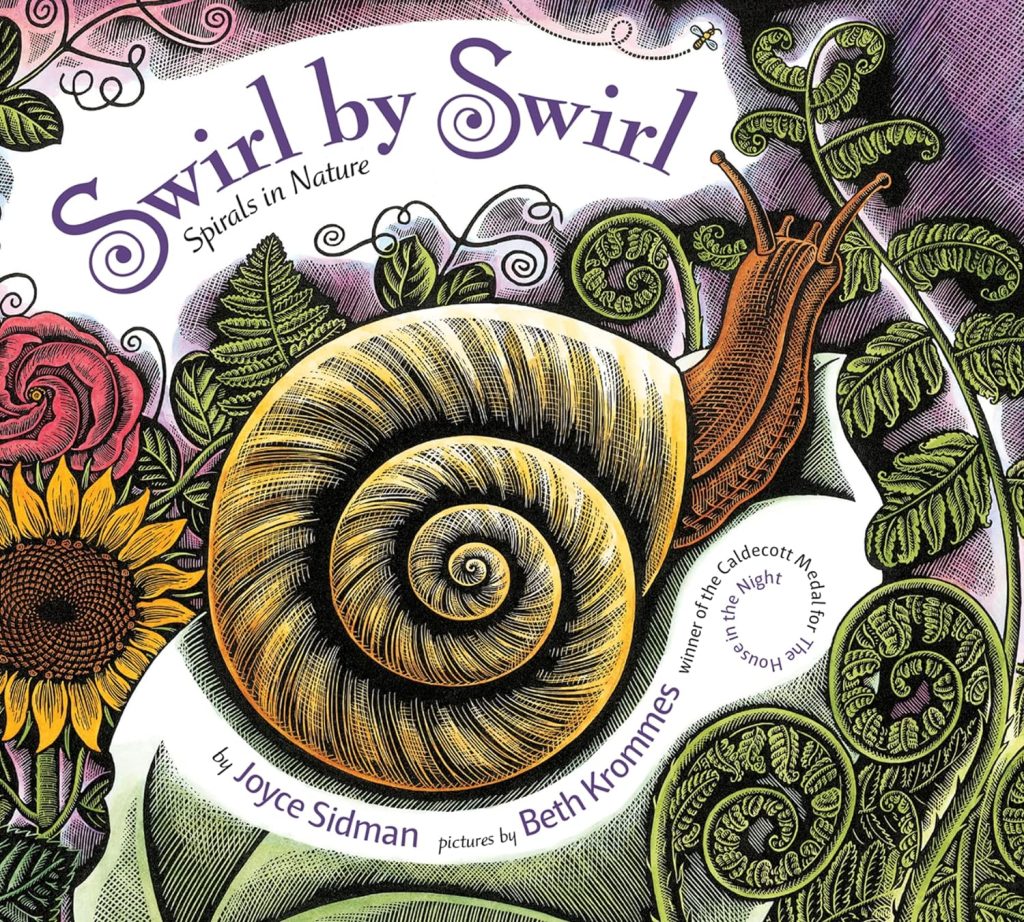
For older children watching a tutorial on creating abstract art using geometric shapes could be more engaging. They could use the construction shapes provided or draw their own as in the tutorial below:
DISCUSSING BASIC SHAPES:
At this stage we have looked at shapes, discussed which ones we recognise from everyday life and created a piece of art using shapes. We will now move on to explore the properties of the basic 2-d shapes – circle, square, triangle, rectangle, and oval. Discuss the properties of each shape and have children point out real-world examples around them. Engage them in a hands-on activity by asking them to sort the shapes into different groups based on their properties.
CREATING COMPOSITE SHAPES:
Get out a set of trangrams or more of your shapes cut from construction paper and encourage creativity by introducing composite shapes. A composite shape is formed by combining two or more simpler shapes to create a new, more complex figure. Examples of composite shapes include making a house shape from a triangle and a square. Have the children combine basic shapes to form new and interesting composite shapes or even to create their own shape animals. This can be a collaborative activity where they work together to create a composite shape masterpiece.
EXPLORING GEOMETRIC SHAPES:
If its age appropriate you can start to exploring geometric shapes, such as pentagons, hexagons, and octagons. We live in Northern Ireland so at this point talking about the Giant’s Causeway and the legend of Finn McCool seemed to fit in nicely.
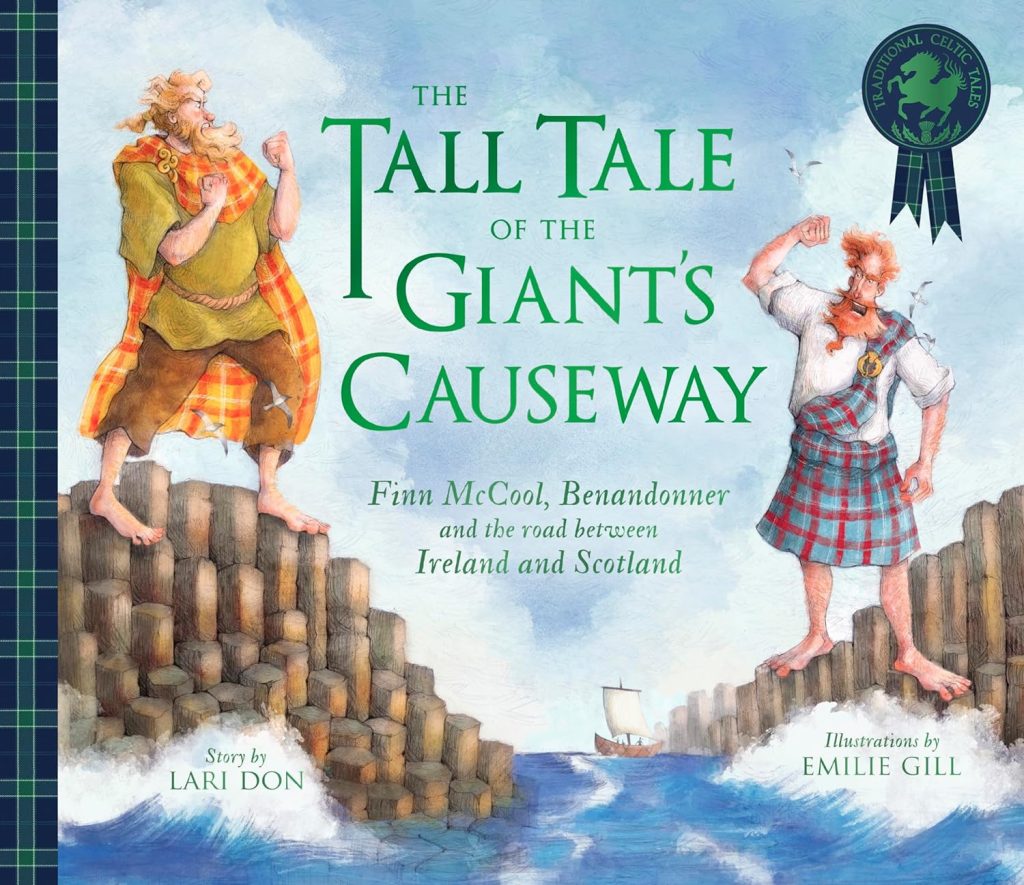
Hands-on activities like constructing geometric shapes using building blocks or drawing them on paper can enhance understanding. At this point I introduced Tessellation to my older children and had them create a causeway using cut out hexagons for the giant Benandonner to walk on to get from Scotland to Ireland.
CONNECTING SHAPES TO REAL-WORLD SCENARIOS:
Conclude the lesson by connecting shapes to real-world scenarios. Discuss how shapes are used in everyday life, from constructing buildings to designing everyday objects. Ask children to identify shapes in their surroundings and share their observations.
WRAP-UP AND DISCUSSION:
To conclude the lesson, engage in a discussion with the children. Ask them what they found most interesting about the shapes they explored and if they can think of any professions where a strong understanding of shapes is essential.
EXTENSIONS FOR OLDER KIDS:
For older children, extend the lesson by exploring advanced concepts such as three-dimensional shapes, and symmetry. Introduce them to the application of geometry in architecture, art, and technology.
WHAT’S NEXT WITH LEARNING SHAPES?
If this introduction to shapes unit study was useful, consider expanding the unit study to delve deeper into concepts like symmetry, spatial relationships, and the mathematical aspects of shapes. Explore further the connections between shapes and various art forms, from abstract art to architectural design.
Please share your thoughts in the comments and let me know what additional activities you would include in a day of learning about shapes.

[…] Halloween Shape Hunt: For younger children, create a scavenger hunt around the house or garden where they have to find Halloween-themed objects that match specific shapes (e.g., a round pumpkin, a triangular bat wing). This reinforces shape recognition and classification. […]